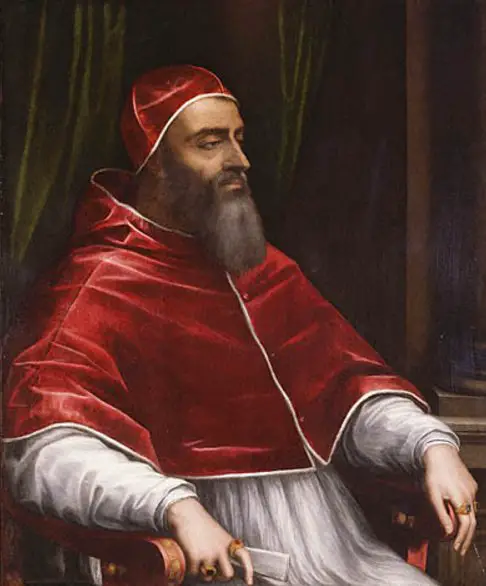On this day in Tudor history, 24th September 1486, Arthur Tudor, Prince of Wales and son of Henry VII and Elizabeth of York, was christened at a lavish ceremony at Winchester Cathedral.
His mother's confinement, his birth, his christening and early upbringing had all been carefully 'choreographed' by his paternal grandmother, Lady Margaret Beaufort, and in today's talk, Claire Ridgway, author of "On This Day in Tudor History", shares details from Margaret Beaufort's "Ordinances" regarding the christening of a royal prince or princess, as well as sharing specific details of Prince Arthur Tudor's christening.
You can view my Claire Chats talk on Margaret's ordinances here.
Also on this day in history:
- 1516 – Birth of Richard Pate, lawyer, member of Parliament and refounder of Cheltenham Grammar School, now known as Pate's Grammar School.
- 1526 – Sometime before 24th September 1526, Marmaduke Huby, Abbot of Fountains since 1495, died at around the age of 87. It is thought that he was buried under the floor of the chapter house.
- 1561 – Birth of Edward Seymour, Viscount Beauchamp, son of Katherine Grey (sister of Lady Jane Grey) and Edward Seymour, 1st Earl of Hertford, in the Tower of London. He was born in the Tower because his parents had been imprisoned for marrying without the Queen's permission.
- 1564 – Birth of William Adams, navigator, in Gillingham, Kent. He is thought to be the first Englishman to have reached Japan (arriving there in 1600) and was the inspiration for the character of John Blackthorne in the famous novel Shōgun.
- 1589 – Executions of William Spenser, Roman Catholic priest and martyr, and layman Robert Hardesty at York. Spenser was executed for being a priest, and Hardesty for sheltering Spenser.



You say Margaret Beaufort’s ordinances survive. Do the British Royal family still do things this way? (I know there is no confinement or churching anymore, but are other things done to her specifications?
When you think how much trouble had to be put into these baptisms of the heirs of the throne and state occasions, it’s amazing they achieved them just a few days after the baby was born.
The logistics for one thing of movement back from Winchester with the baby to Westminster would have been impossible, so like most children, Arthur was baptised in the community at the nearest holy site, in this case Winchester Cathedral. He would of course be attended by the highest ranking officials, but they probably had to come from elsewhere to attend the baptism. The nobles would need to arrive and have their best robes made in time or brought to them, they needed accommodation and so did their retinue, the four bishops needed the same, the God parents needed to bring suitable gifts of gold and silver, the baby needed a very fine christening robe, the great and the good had to travel from around the country, the King had to arrive, his personal retinue had to be looked after, food for everyone, a banquet of sweetmeats and sweet wines and ales presented to the guests: the baby carried under a canopy and the font filled with fresh, scented, warm water as the entire baby would be submerged three times, towels provided and a place set aside to redress the royal prince. Phew! The excitement and movement of people must have made the city bussell with noise and activities and cheerful conversations. I can just imagine getting everyone into line and inspecting them to make sure they all knew their precise roll and to ensure it all went smoothly. The Queen of course would not have taken part but watched from a bed of state, screened off as she couldn’t yet enter public life as 40 days of purification and rest had not passed, ended by her Churching, which gave thanks for her delivery, if the child lived, blessed her and the child, prayed for the mother and purified her to go into public again. It marked the ending of her retirement and her public life once more as well as her contact with the male world, men not being allowed into her apartments during her confinement.
However, it is notable that here Elizabeth of York does play a public role, with Henry she waited for the procession of the religious and nobles at the door of the Cathedral and, although she didn’t take part in the actual ceremony, she received her son back afterwards and carried him to the High Alter for his blessing. This may have something to do with Henry’s own legitimacy as King, which was still precarious and relied very much on the claim of his wife as heiress to the House of York. Both sides of the pacified factions from York and Lancaster were represented at this great occasion under the illusion of unity. By both the King and Queen being publicly present they showed their power and authority and the legitimacy of the new Tudor line, now secured in the three day old, Prince Arthur.